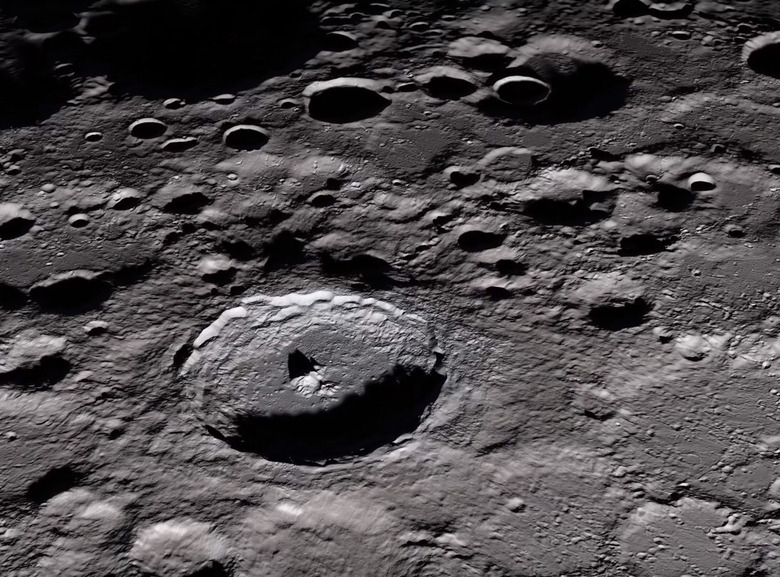NASA Wants You To Help Collect Moon Rocks
- NASA wants to enlist private companies to build hardware that can gather lunar surface samples and prepare them for return to Earth at a later date.
- The call for proposals requests that the hardware be capable of gathering and preparing the samples and then snapping a picture of them and beaming it back to Earth.
- Companies will have weeks to come up with a proposal and hope that they are selected by NASA for a contract.
NASA has been to the Moon several times, and it's got the Moon rocks to prove it, but it wants more. Material from the Moon is precious, simply because there's so little of it that was brought back to Earth, and NASA thinks it has a plan to change that.
The US space agency is now asking the private sector to help it amass a whole bunch of lunar material. NASA believes that being able to collect and use resources found on the Moon is a big step toward doing the same on other planets, which will be a big deal as mankind begins to branch out in the solar system.
NASA's latest request is for commercial partners to help collect Moon material using robotic hardware. The space agency isn't demanding that the companies find a way to send their own hardware to the Moon, as that would be an immense challenge, but rather to simply design hardware that can gather lunar material samples and prepare them for pickup by subsequent missions.
A company will need to design and build hardware that can gather Moon rocks and soil from any location, snap a picture of the collected material and send that photo back to Earth, and then essentially give NASA permission to go get it whenever they want.
NASA explains:
The requirements we've outlined are that a company will collect a small amount of Moon "dirt" or rocks from any location on the lunar surface, provide imagery to NASA of the collection and the collected material, along with data that identifies the collection location, and conduct an "in-place" transfer of ownership of the lunar regolith or rocks to NASA. After ownership transfer, the collected material becomes the sole property of NASA for our use.
To be honest, this sounds like a pretty sweet deal for any company capable of designing and building such a machine (or machines). You don't have to worry about actually sending a mission to the Moon — NASA or one of its partners will handle that — and you don't have to actually bring the material back yourself, either. Just collect it, prepare it for retrieval, and let NASA know where it is so they can go and get it.
So, how much will these sample-gathering gadgets be worth to NASA? It's not immediately clear, but the companies will propose their bids and, if their design and plan are accepted, will receive 20% of the total upfront with the rest being paid out after the mission proves successful.
